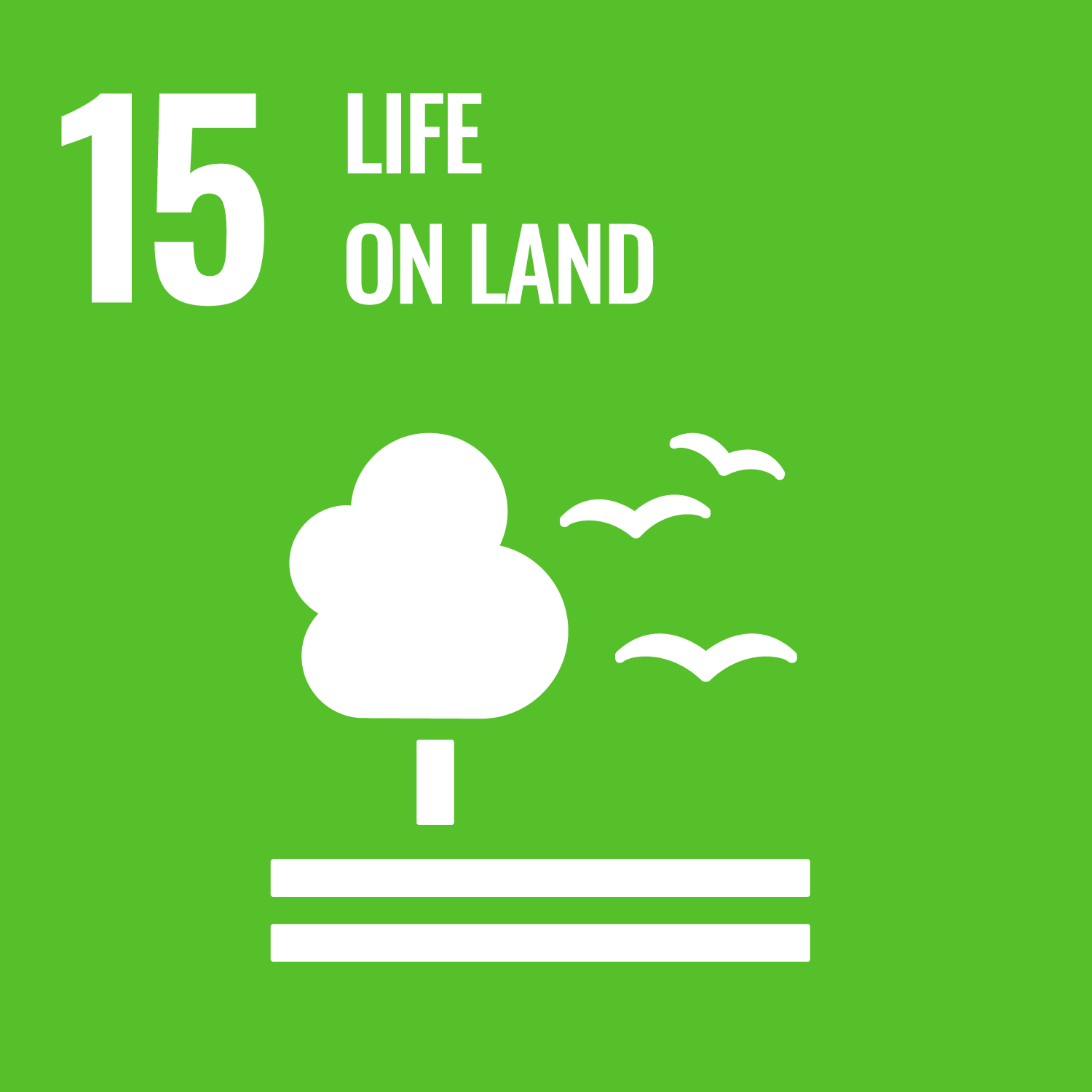SDG Detail
EARTHSCI 202 : Earth History
Undergraduate courseProject description
The Earth has a long and complex history, both physically and biologically. Whether you are curious about volcanoes, earthquakes or the evolution of life, they are all intertwined as part of the Earth's long and complex physical and biological history. We will introduce the principles and methods used to unravel this, and then apply these as we take you on a tour of the 4.5 billion-year history of the Earth.
Project aims
?
Project outcome
By the end of this course, students will be able to: Understand and describe the various principles and methods used in determining Earth's history (Capability 1, 2 and 4) Understand and describe the physical and biological evolution of the earth (Capability 1, 2 and 4) Synthesise a wide range of geologic information into a coherent geologic map, cross-section and report (Capability 1, 2, 3, 4 and 5) Interpret and communicate paleoenvironmental and paleoecological conditions using fossils, sedimentary rocks and sedimentary structures (Capability 1, 2, 3, 4 and 5) Construct a basic taxonomic hierarchy and biostratigraphic framework from fossil data (Capability 1, 2 and 3) Recognise important fossil groups from the last three geoloic eras (Capability 1)
Related SDGs
The corresponding sustainable development goals correlated with this project. You you click the icon to link to SDG category description page.









